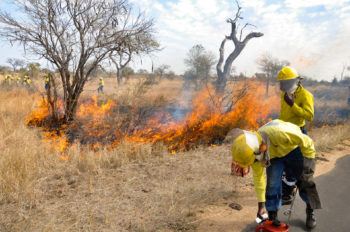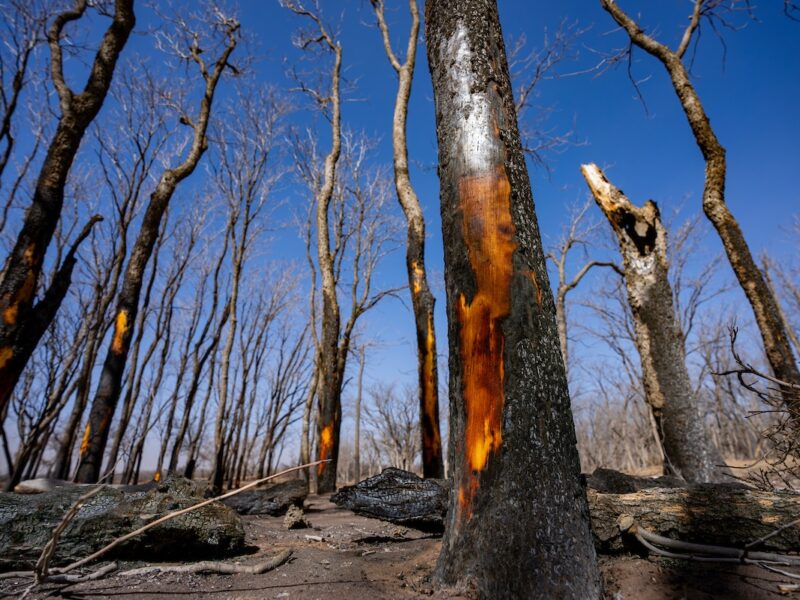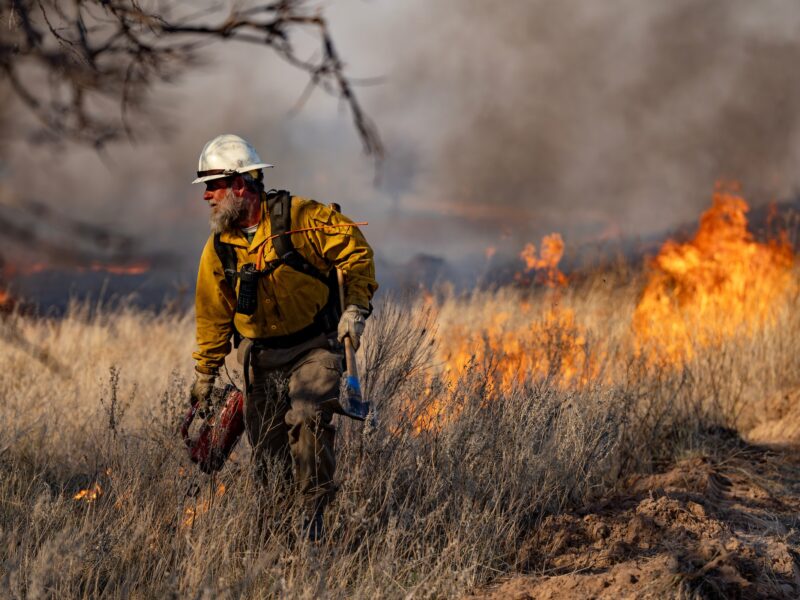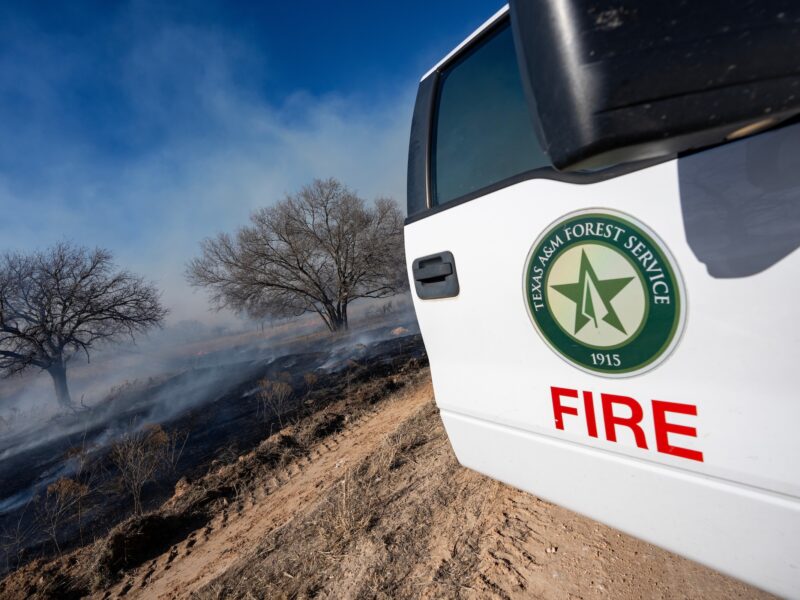Fighting Wildfires With Fuel Treatment Strategies

While wildfires remain an unpredictable threat, researchers at Texas A&M University are attempting to mitigate the uncertainty by using mathematic and statistical models to identify the most cost effective and efficient strategies for reducing wildfire risk through vegetation removal, or fuel treatment, strategies.
Texas A&M is represented by Texas A&M AgriLife Research’s Jianbang Gan, a forest management and economics professor in the Department of Ecology and Conservation Biology, and Lewis Ntaimo, professor and head of the Wm Michael Barnes ‘64 Department of Industrial & Systems Engineering.
The two Texas A&M researchers received $280,000 of a $550,0000 National Science Foundation, NSF, grant for this interdisciplinary, collaborative project with Oleg Prokopyev in the Swanson School of Engineering at the University of Pittsburgh.
Ntaimo, who serves as the project’s principal investigator from Texas A&M, specializes in systems modeling, mathematical optimization and simulation with application to wildfire management. Gan’s contributions will center on forest economics and management and response strategies to environmental disturbances like climate change and wildfires.
The diversified expertise from the Texas A&M project leaders will help produce outcomes that provide landowners and at-risk communities with alternatives to other, potentially more costly, methods of wildfire prevention or management.
“Fire is a big concern in Texas, but fuel treatments and fire protection, like firefighting, are very expensive,” Gan said. “With this research, we’re trying to come up with ways to minimize fuel treatment and firefighting costs; and most importantly, lessen damages from fire to protect human life, property and natural resources.”
When left unmanaged, vegetation fuels wildfire ignition and spread. Removing that vegetation through fuel treatment methods such as prescribed burns, grazing and tree thinning can help reduce wildfire risk. However, these management methods come with a price.
“Given the ongoing wildfires devastating the western U.S., our research project focusing on fuel treatment planning is very timely indeed,” Ntaimo said. “The main goal of our project is to develop mathematical models that will help fire managers and planners with fuel treatment options to minimize the occurrence of potentially large-scale wildfires such as the ones we are seeing today.”
Various factors including population growth, urbanization, changes in land use and weather variability due to climate change continue to amplify wildfire risk, leaving livestock, wildlife, public and private lands, and entire communities increasingly vulnerable, without appropriate action.
Gan said their models will consider factors such as critical locations of concern in at-risk areas, seasonal conditions and spatial patterns of vegetation in order to predict what fuel treatment methods would be most effective under certain conditions and when and how they should be implemented for optimal economic efficiency.
Historical data from the Texas A&M Forest Service will be used to build and test these models. The model simulations will allow researchers to anticipate threats and identify optimal solutions for realistic, large-scale problems posed by wildfires.
This article by Carrie Baker originally appeared on AgriLife Today.





